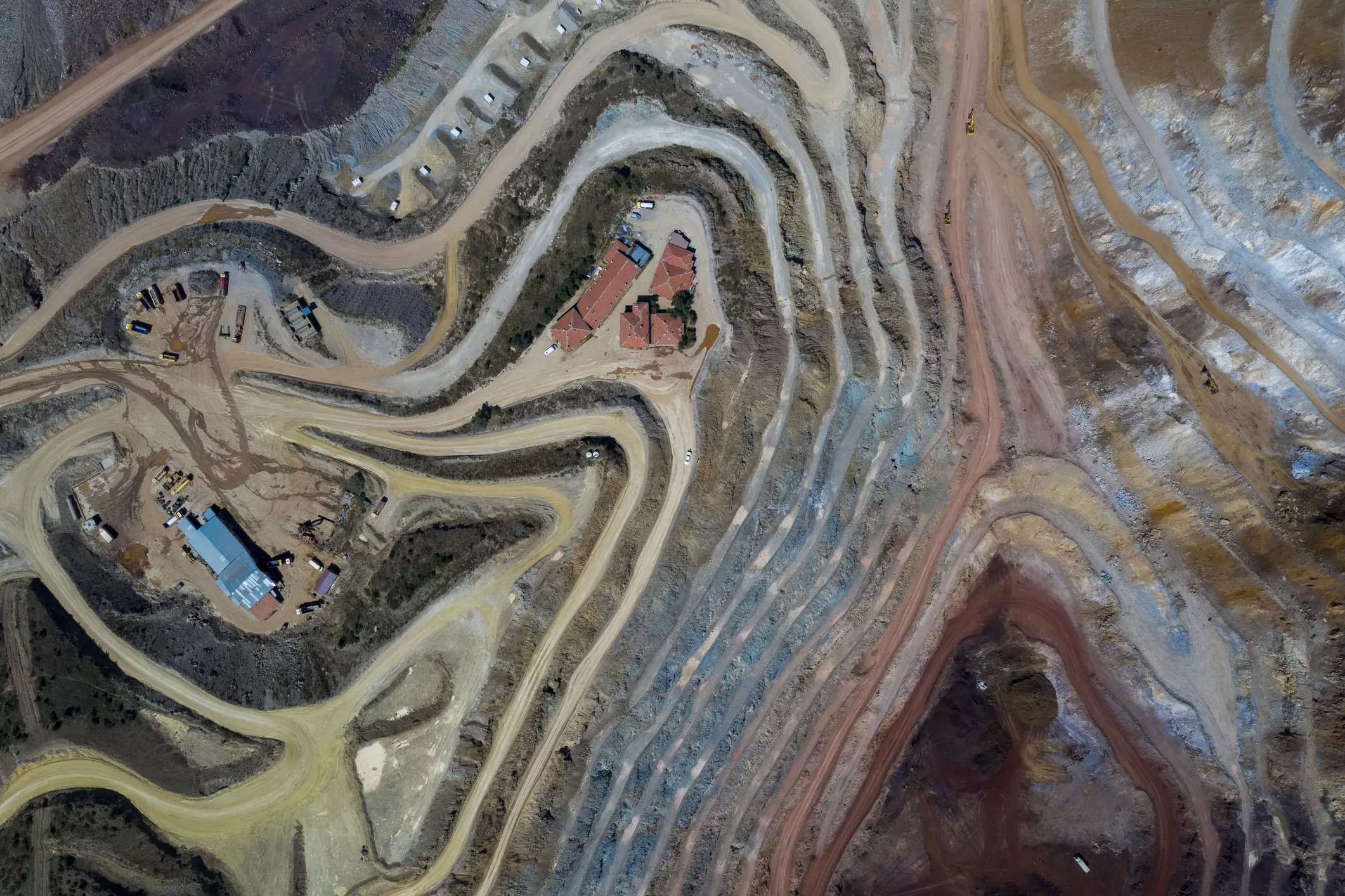
Manila: The Philippines has lifted a four-year ban on new open-pit mines, an official said Wednesday, in a bid to revitalise the country’s coronavirus-battered economy slammed by activists as “short-sighted”.
The move sees the Philippine government reverse a ban imposed in 2017, when the then-environment minister blamed the sector for widespread ecological damage.
Manila has since reversed course, encouraging mining investments to shore up government revenues as lockdowns and quarantine restrictions ravaged the economy.
In April, President Rodrigo Duterte — who had previously threatened to shut down the sector completely — lifted a nine-year ban on new mining deals set by his predecessor.
Wilfredo Moncano, the director of the mines and geosciences bureau (MGB), told AFP Wednesday that the environment secretary Roy Cimatu had signed an order lifting the ban on open-pit mining in the country.
“We offered the mining [industry] as a potential contributor to the recovery of the economy,” Moncano said.
“Once these are commercially producing… these are the ones that will be helping pay our loans to fight the pandemic.”
Moncano said about nine prospective mining projects stand to benefit from the order and that the government could generate up to 80 billion pesos ($1.6 billion) in taxes and royalties annually once commercial operations begin.
Open pit mining directly extracts minerals on the ground and differs from other methods that require tunneling or underground mining.
The Philippines is one of the world’s biggest suppliers of nickel ore and is also rich in copper and gold, but the government estimates 95 percent of its mineral resources remain untapped.
Mining revenues contributed less than one percent of GDP to the economy last year, according to government data.
The Chamber of Mines of the Philippines welcomed the decision to lift the ban, saying it “will enable the industry to contribute more to our country’s economic recovery”.
But anti-mining advocates said the decision was a “short-sighted and misplaced development priority of the government”.
“Once again, the Duterte regime puts more premium to its flawed economic agenda categorising destructive mining as an ‘essential industry’ as part of the pandemic recovery,” the Alliance to End Mining said in a statement.
Also Read:

